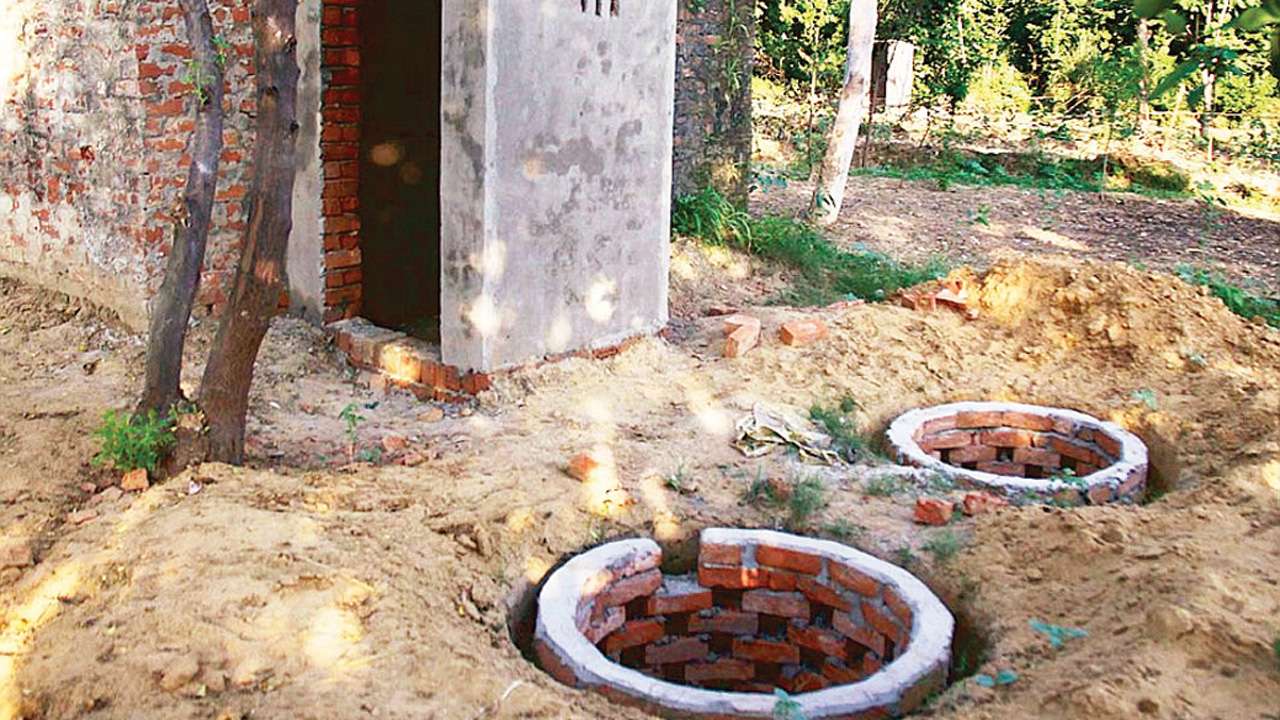
The entire world is reeling under acute water shortage and its time that every individual finds a solution to recycle or save water. A village in Bihar realised the need of the hour and started work on saving water in 2016. Now, after three years, the soak pits constructed in the village helps them meet their water requirements when the state is looking at a drought.
The district authorities of Sitamarhi had set up soak pits all over the district in 2016 to save water. Close to 2,168 soak pits set up were responsible for saving 28 crores of litres of water every year. This initiative by the district authorities was appreciated by everyone. In fact, it also won a place in the Limca Book of Records in the year 2017.
The first soak pit was built in Kamala Girls High School on April 21, 2016, just one day before the International Earth Day. Gradually, the authorities had spread the project to every school, madarsa, government offices etc.
The construction of soak pits besides conserving water has also helped in preventing diseases due to contaminated water.
Headmaster, Kamala Girls High School, Krishna Chandra Choudhary said, "This is a very instrumental step in tackling the problem of water scarcity. The initiative has a two-pronged advantage, along with retaining the groundwater level, it also helps in keeping the external surroundings clean."
Nearly 11,000 teachers have been imparted training for conservation of water through soak pits.
Meanwhile, the district authorities have been preparing for a crisis like situation. To ward off the problem of water scarcity, Sitamarhi District Magistrate Dr Ranjit Kumar said, "We are going to continue with the initiative because it will also help in recharging the groundwater." Urging the people to contribute to the cause, he said, "The people should understand that all of us are in this together. They should revive the old lakes and old wells to store water."
Various techniques of water conservation and rainwater harvesting are being deployed across the country. The government of India is concerned about the problem too. In fact, the Centre has even asked civic bodies to set up cells for rainwater harvesting and revive atleast one water body in their respective areas.
Union Jal Shakti Minister Gajendra Singh Shekhawat on Monday said there is need to convert the "jan andolan" (people's movement) into "jal andolan". Shekhawat said the countries that have become self-sufficient in terms of water have worked on the principles of "maximum utilisation, judicious use and reuse" and India needs to follow suit.
He said India has got only 4 per cent of the water available in the world, while it accounts for 18 per cent of the world's human and livestock population
Zee Media Newsroom